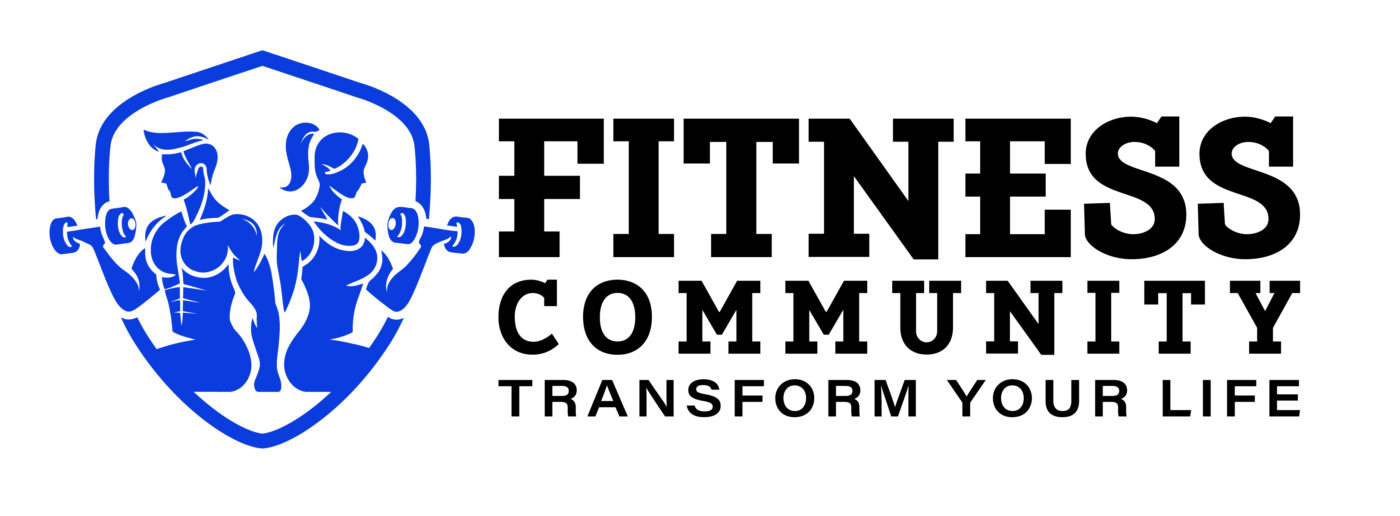FLEXIBILITY AND MOBILITY
Flexibility & Mobility for Beginners: The Foundation of a Stronger, Healthier Body
When most people think about fitness, they picture cardio sessions, strength training, or high-intensity workouts. But there’s a crucial (and often overlooked) pillar of fitness that forms the foundation for all movement: flexibility and mobility.
If you’re just getting started on your fitness journey, improving your flexibility and mobility will make everything else easier—from lifting weights and running to simply reaching for something on a high shelf. Best of all, it’s low-impact, beginner-friendly, and incredibly rewarding.
What’s the Difference Between Flexibility and Mobility?
- Flexibility is the ability of a muscle to stretch or lengthen.
Example: Touching your toes without bending your knees. - Mobility is the ability of a joint to move actively through its full range of motion.
Example: Squatting deeply without your heels lifting off the ground.
While flexibility is more about the muscle, mobility is about the entire movement system—including muscles, joints, tendons, and nervous system. Both are essential for injury prevention, performance, and longevity.
Why Flexibility and Mobility Matter for Beginners
- Improved Workout Performance – Better mobility helps you lift weights, perform exercises with good form, and get more out of each rep.
- Injury Prevention – Tight or stiff muscles and joints can lead to strains or imbalances. Flexibility work helps reduce the risk of common fitness injuries.
- Faster Recovery – Stretching and mobility work can reduce muscle soreness and speed up recovery after workouts.
- Posture Correction – Helps reverse poor posture from long hours sitting at desks or on phones.
- Everyday Functionality – Makes daily activities like bending, reaching, or walking up stairs easier and more comfortable.
Beginner-Friendly Flexibility & Mobility Exercises
Here are some simple moves to include in your routine 3–5 times per week:
Dynamic Warm-Up (Pre-Workout)
- Arm Circles – Loosen shoulders and upper back
- Leg Swings – Warm up hip joints and hamstrings
- Hip Circles – Open up your hips and glutes
- Cat-Cow Stretch – Mobilizes the spine and core
Static Stretches (Post-Workout or Rest Days)
- Hamstring Stretch – Loosens tight back-of-leg muscles
- Chest Opener Stretch – Reverses hunching and shoulder tightness
- Hip Flexor Stretch – Relieves tension from sitting
- Child’s Pose – Gently stretches the back, hips, and shoulders
- Figure Four Stretch – Opens up the glutes and hips
Mobility Movements (Daily Practice or Active Rest Days)
- Deep Squat Holds – Improves hip and ankle mobility
- World’s Greatest Stretch – Full-body movement that opens hips, hamstrings, and thoracic spine
- Thoracic Twists – Boosts spine and shoulder rotation
- 90/90 Hip Rotations – Builds hip flexibility and control
Tips for Getting Started
- Start Slow – You don’t need to be flexible to begin stretching. Consistency is more important than intensity.
- Breathe Deeply – Deep breaths help muscles relax and enhance the effectiveness of stretches.
- Hold Stretches for 20–30 Seconds – Avoid bouncing; slow, steady holds allow muscles to lengthen safely.
- Use Tools if Needed – A yoga strap, foam roller, or cushion can help make stretches more accessible.
- Stretch Daily – Even 5–10 minutes a day can lead to noticeable improvement over time.

